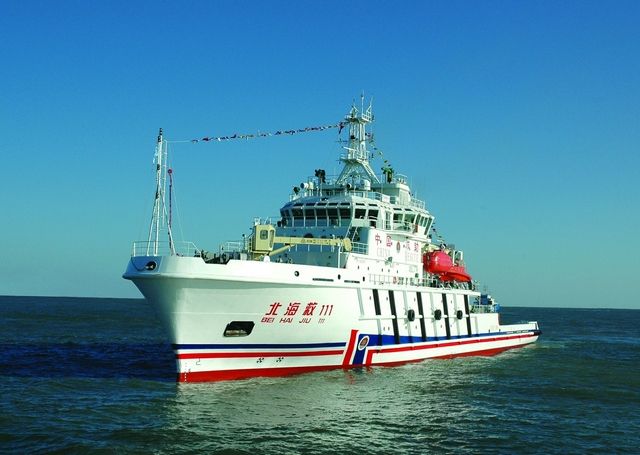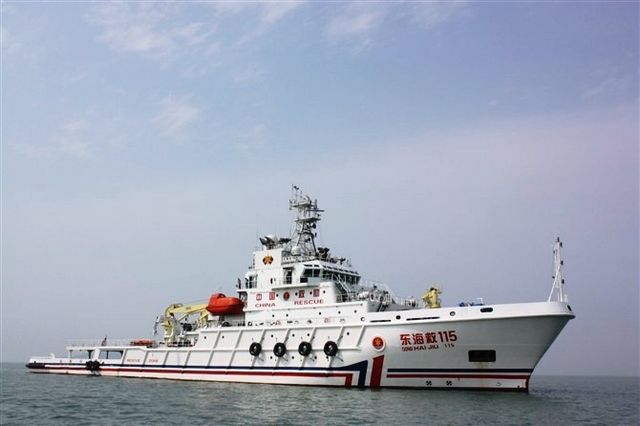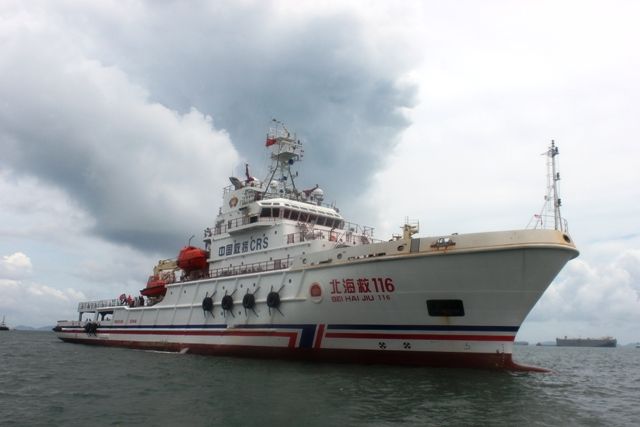At the time the names cutter and schooner denoted different rigs. A short while earlier vessels were called for the shape of the hull. See for example A.F.Chapman Architectura Navalis Mercatoria from the 18th century - my edition is from 1971.
The sloop was a special case around 1800 - it could be a boat belonging to a ship, it could be a single masted vessel with a standing bowsprit ( the cutter had a running bowsprit ), it could also be rigged as a brig or other two masted vessel, it could even be ship rigged.
There are two different usages simulataneously in use in the 1700s and early 1800s.
One usage is official in the Royal Navy, and probably early Federal Navy and Revenue cutter service as well. Here "cutter" refers to any commissioned vessel commanded by a junior lieutenant. "Sloop" refers to any commissioned vessel commanded by a "Master and Commander", or equivalent of modern Lieutenant commander. "Ship" refers to any commissioned vessel commanded by a "Post Captain", or equivalent of modern full captain. This usage disregards the rig of the vessel or its hull configuration.
The other usage is common in the rest of the maritime community, and also in the Royal Navy as well when not using official languages. Here the "cutter" means a single masted vessel with fore and aft sail plan, a "Sloop" is a variaton of the Cutter with a gaff sail, and a Schooner is a two masted vessel with fore-aft sail on both masts and the aft mast being taller than the front one.
Incidentally. I use the word "vessel" instead of "ship" for a reason. In common maritime usage 200 years ago, "ship" had a different meaning than today. Today a ship is general term covering virtually any large surface vessel able to propelle itself through the water. 200 years ago "ship", outside Royal Navy, is used just like the terms "Schooner" or "Cutter" to denote a vessel bearing a specific rigging plan. "Ship" is a vessel with 3 masts, each separated into at least two segments with a topmast over a lower mast, carrying square (side-to-side) sails on all three masts. You wouldn't call a "Barque" (A vessel with 3 masts, carrying square sails on only the first 2 masts, and only fore-aft sails on the third mast) a ship. A "Barque" is to be distinguished from a "Barquetine", which is ship, excuse me, vessel with 3 masts, carrying square sails on only the front mast, and only fore-aft sails on the second and third masts.
Because a Barquetine differs from a Schooner by the addition of just one mast, a "barquetine" is sometimes called a "schooner Bark"
Other terms denoting vessels with other sail plans, never to be called ships, includes "Ketch", which is like a cutter, but with one more mast; "Yaw", which is like a ketch, but with the extra mast positioned further back behind the rudder post; "Polacca", which can be rigged just like a ship, but whose masts are made from a single pole instead of 2 or more segments. etc, etc.






